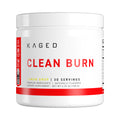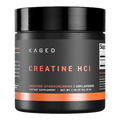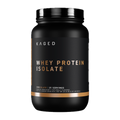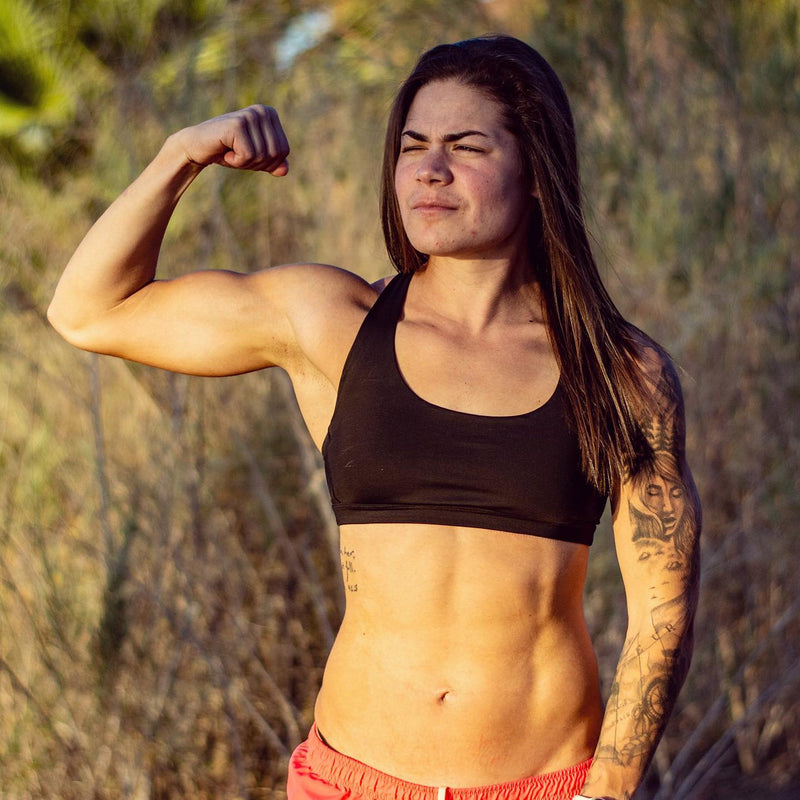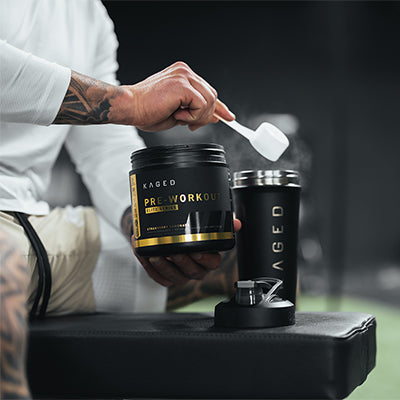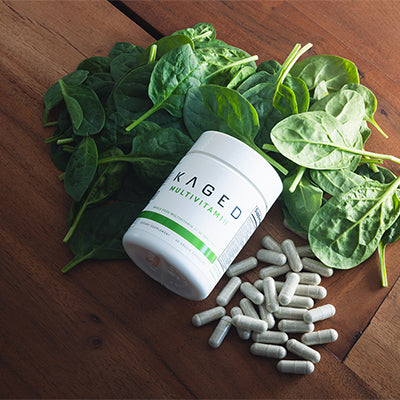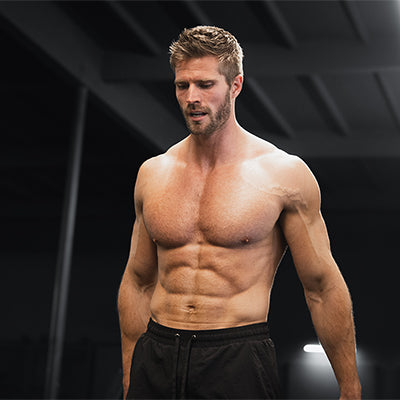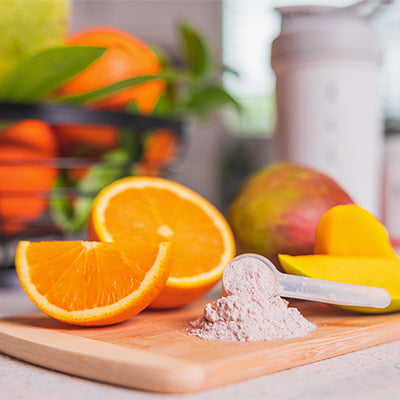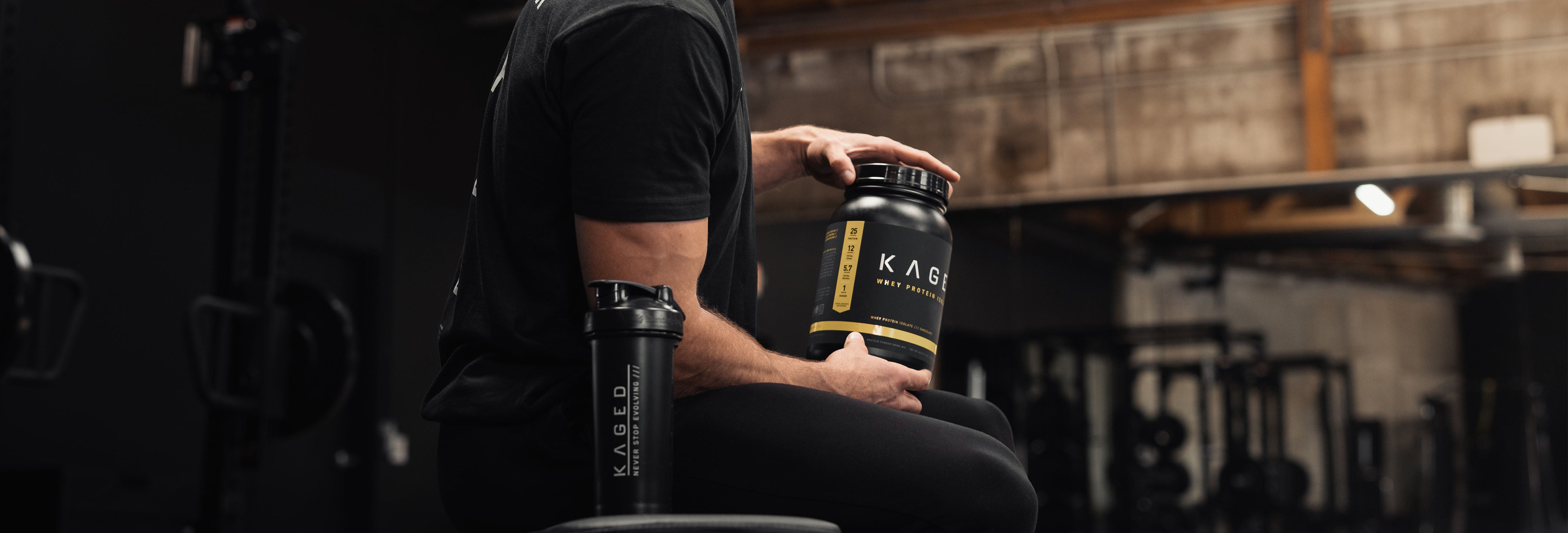Over the last few decades protein has risen to prominence as the star macronutrient. It’s crucial for building muscle, recovering from workouts, and supporting countless bodily functions.
Protein powders, in particular whey protein powders, have become increasingly popular as a way to add supplemental protein to your diet.
What Are the Benefits of Whey Protein Supplements?
Of course, there are many great sources of protein. Whey protein does have a few unique advantages that make it a solid addition to many diets.

Fast-Digesting
One of the key advantages of whey protein is its fast-digesting nature. Following a workout, your muscles are like sponges, ready to absorb nutrients to kickstart the recovery process.
Whey protein is rapidly absorbed into the bloodstream, which means it can get to work faster to repair and build muscle tissue. This makes whey protein an ideal post-workout supplement.
According to some research, like this 2018 study, we digest about 10 grams of whey protein per hour. This means it takes just a few hours to fully digest a post-workout whey protein shake.
A Complete Protein
Whey protein is a complete protein, which means it contains all nine essential amino acids (EAAs) that our bodies cannot produce on their own.
These amino acids, including the crucial Branched-Chain Amino Acids (BCAAs)–leucine, isoleucine, and valine–play an integral role in muscle development and recovery. The high leucine content of whey protein makes it particularly beneficial for muscle protein synthesis.
Muscle protein synthesis, in simple terms, is “the anabolic switch.” When activated, our body builds up and repairs muscle tissue.
Convenient
It's easy to add a scoop of whey protein to your shake, smoothie, or even your morning oatmeal, helping you hit your daily protein targets. Whether you're rushing off to work in the morning or squeezing in a gym session during your lunch break, whey protein offers a quick and simple way to supplement your protein intake.
When you have to hit higher protein targets, getting in a scoop or two of whey can help get there without spending your whole day in the kitchen, or spending a fortune on take out. In fact, convenience is something customers love about our whole-food meal replacement, Clean Meal.

Delicious
Okay, chicken can be delicious too. But it doesn’t taste like a dessert like many whey protein shakes. Whey is ideal for protein powders because of its smooth, creamy texture and versatile flavor profile.
At Kaged, we have whey protein in chocolate, vanilla, and chocolate peanut butter. We also have a post-workout protein, Re-Kaged, available in delicious flavors like orange cream and iced lemon cake.
For a blend of isolate proteins which gives the advantage of sustained amino acid release, check out Protein Isolate Elite.

Whey protein's fast absorption rate, amino acid profile, convenience, and great taste make it a popular choice for those looking to enhance their athletic performance, recovery, and support a healthy diet.
However, not all whey protein powders are created equal. Next we'll delve into the key differences between whey protein isolate and concentrate.
What’s The Difference Between Whey Protein Isolate and Whey Protein Concentrate?
In supplement form, you’ll see on labels two main types of whey protein: concentrate and isolate. What does this mean?
How Whey Protein is Processed
The main differences between whey protein isolate and concentrate arise from how much they’re refined into protein. Simply, whey protein isolate filters out more of the impurities, leads to a higher protein content than whey protein concentrate.
Whey Protein Concentrate
Whey protein concentrate has more of the fillers found in raw whey. There’s more sugar (including lactose), fat, and water. Even though it’s called whey protein “concentrate,” it’s ironically not the most concentrated form, since it has more of these other ingredients and less protein.
Higher lactose content, higher fat content, more sugar, and less protein.
Whey Protein Isolate
Whey protein isolate is the more concentrated form of whey protein. It undergoes additional filtering to remove most of the carbs and fat, resulting in a more 'pure' protein.
This is why WPI is often characterized as being 90% or more protein by weight. The isolation process also removes most of the lactose, making it a better choice for individuals with lactose intolerance or sensitivities.
This is why in Kaged proteins, we only use 100% isolate forms. This is true in all of our products with a whey protein base.
In our slow-digesting casein protein, we also use 100% micellar casein.
Why Companies Use Whey Protein Concentrate, Even Though It’s Inferior
The main reason is the cost to make it. Concentrate is easier and cheaper to produce. This has obvious benefits for companies, even if they’re passing it off as the highest quality protein.
Second, whey concentrate is easier to make taste really good, thanks to the extra fat and sugar. In Kaged proteins, we perfected and tweaked our 100% isolate formulas to give you great taste and creamy texture without the extra crap.
How to Know You’re Getting 100% Isolate
Just because brands say they use whey protein isolate, they often use a “blend” of whey protein concentrate and isolate.
This allows them to have all the marketing advantages of whey protein isolate, while cutting their costs by using concentrate. Of course, this is deceiving, deceptive, and in our opinion flat-out wrong. Here’s how you can see through it.
How to Spot Deceptive Proprietary Blends in Protein Powders
When ingredients in a product are listed as a proprietary blend, per regulations, ingredients must be listed in order. The top ingredient has a higher amount than the next ingredient down the list.
If whey protein concentrate is the first ingredient listed then there’s more concentrate than isolate in that blend.
Other brands take it one step further to trick you into believing they have a premium protein by having whey protein isolate as their first ingredient, then whey protein concentrate as the second ingredient, then a bunch of fancy proteins such as micellar casein, egg, etc., in descending order under a cool blend name.
All this means is that the first ingredient, whey isolate, has a higher percentage than the second ingredient, whey concentrate. However, you still won’t know how much whey protein isolate is in their blend. If there are a handful of types of protein listed, it’s likely not much.
Blends can have their place, of course, but brands should be transparent about the breakdown of each type within the blend.
Delicious, Clean 100% Whey Protein Isolate
Our ultra-filtered, 100% whey protein isolate is our answer to this problem with the supplement industry. We cut no corners in making sure it’s delicious without the unwanted fat, sugar, lactose and filler. Every scoop contains 25 grams of protein from 100% whey protein isolate.
We also include digestive enzymes to make it easier on the stomach.

Recap: The Differences Between Whey Protein Isolate and Whey Protein Concentrate.
1) Whey Protein Isolate is more filtered. This means it has more protein with less fat, sugar, and filler.
2) Whey Protein Isolate has a higher percentage of protein than whey protein concentrate, often characterized as being 90% or more protein by weight.
3) Whey Protein Isolate is usually more expensive to produce than whey protein concentrate, which is why many companies prefer to use concentrate.
4) Whey Protein Isolate is usually easier on the stomach, thanks to its lower fat and lactose content than whey protein concentrate.
FAQ
Is Whey Protein Isolate Okay If I’m Lactose Intolerant?
A typical serving of Kaged Whey Protein Isolate has less than 0.1 grams of lactose. Most experts agree that some individuals with lactose intolerance can safely consume this trace amount of lactose with no discomfort. However, consult with your healthcare provider before consuming Kaged Whey Protein Isolate if you are lactose intolerant or sensitive to any of its ingredients.
Do Kaged Proteins Use 100% Isolate
Yes. We do not use ANY concentrate forms in any of our protein powders.
Wait, So What Is Casein Protein Isolate? How Is That Different?
For all types of protein powders, you can find concentrate and isolate forms. Micellar Casein Isolate is superior to micellar protein concentrate for the same reasons.
The difference is the source. Casein comes from milk protein, whereas whey protein comes from whey.
You can read more about these differences in this article on whey vs casein protein powder.
Is Whey Protein Isolate Suitable for Vegans or Vegetarians?
It’s vegetarian, but not vegan. If you’re looking for a great plant-based protein, Plantein mixes great and has an amino acid profile comparable to whey. It’s made from pea protein isolate.
Does Whey Protein Support Weight Loss?
Whey protein does not directly help you lose weight. However, indirectly, in conjunction with a great diet and exercise plan, it can help. This is for a few reasons.
High-protein foods can increase satiety, or help you feel full. This can help you manage your caloric intake. Protein also helps you preserve muscle mass if you’re in a caloric deficit, making it a useful tool as a part of a fat loss plan. However, whey protein is not magic, and if you want to make changes to your body, it comes down to putting in the work in the gym and the kitchen.
Regardless of your fitness goals, whether you want to lose weight, build muscle, improve for performance, or just feel better, whey protein isolate can be one piece of the puzzle.

